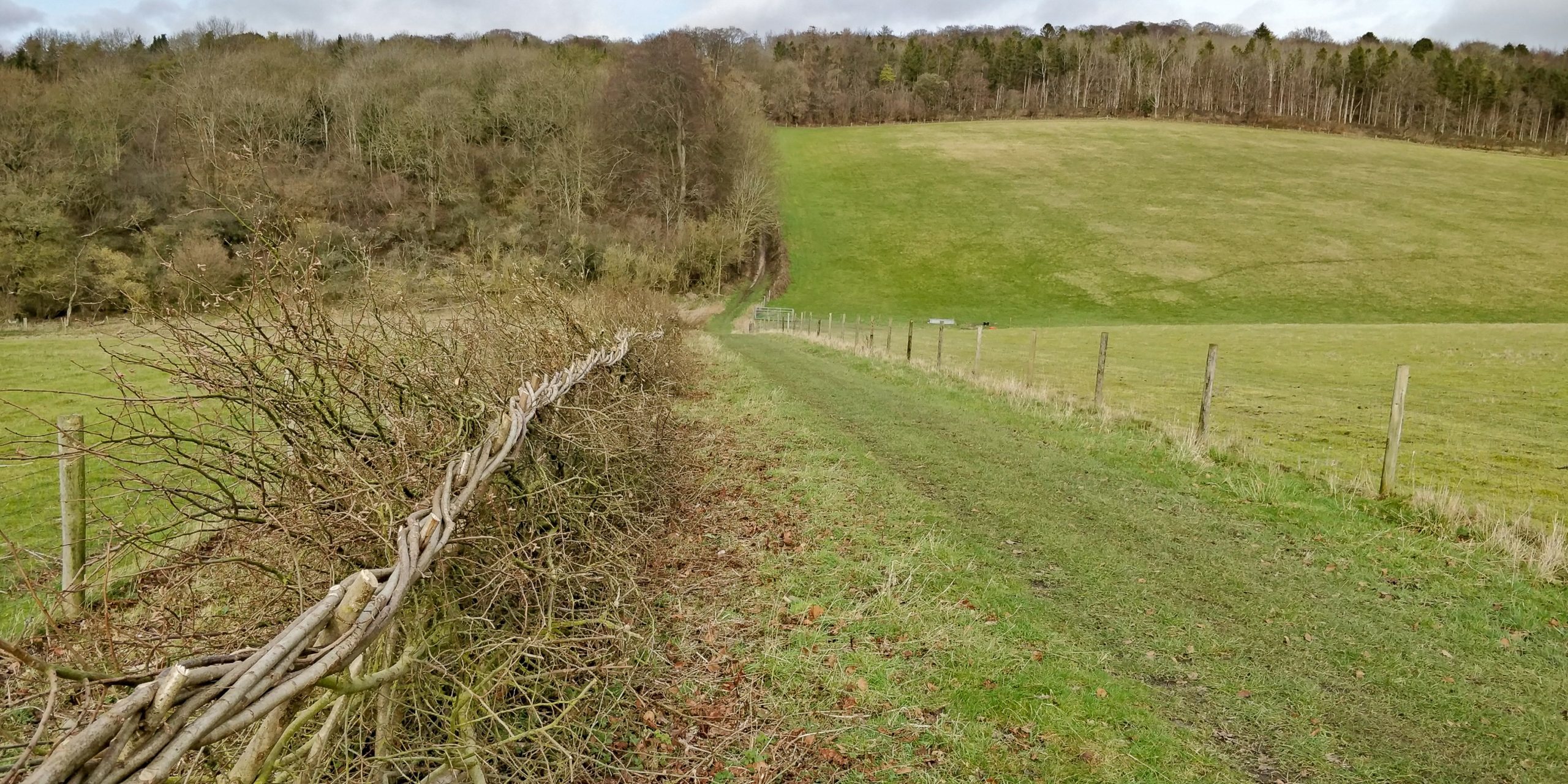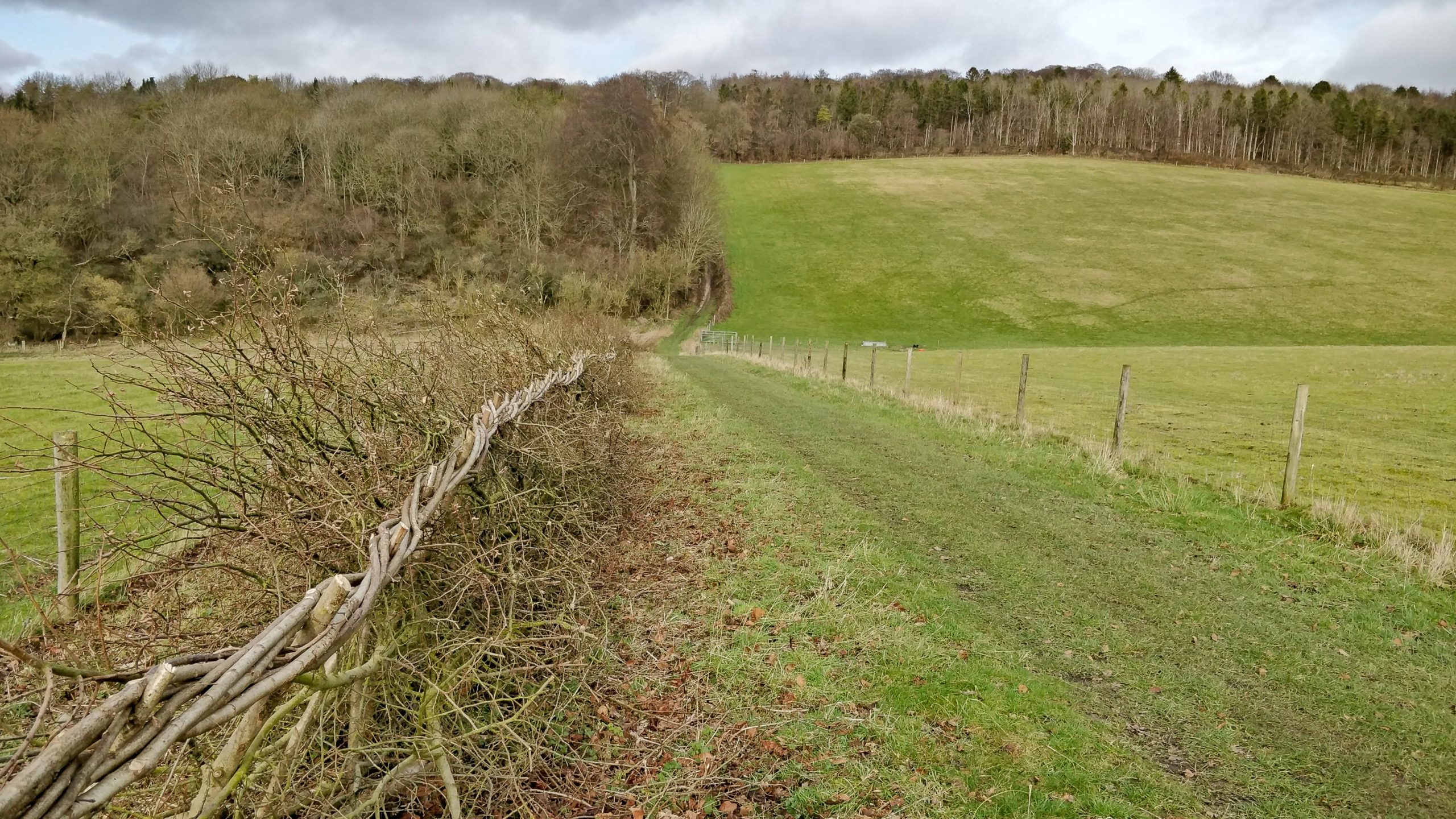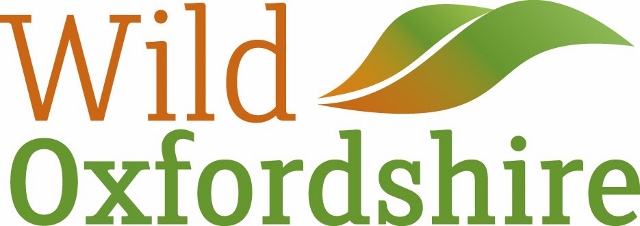Giving Hedgerows a New Lease of Life

27th May 2021

CPRE and Wild Oxfordshire are really excited to be working with the community groups and parish councils of Kidlington, Watlington and Eynsham to plant new hedgerows and rejuvenate ancient ones.
CPRE is calling for Government commitment to increase hedgerow cover by 40% by 2050. The 1997–1999 CPRE Oxfordshire Hedgerow Survey concluded that there was approximately 7,820 km of hedgerow in Oxfordshire. For Oxfordshire, a 40% increase would see an additional 3,128km by 2050 – or 108km a year, which sounds ambitious.
However, equally distributed across the county (there are 235 parishes in Oxon), it’s only about 0.5km per parish per year, for the next 30 years! To get the ball rolling, we are hoping to create a helpful template to inspire other communities to take action for hedgerows on their patch.
Wildlife such as small mammals, farmland birds, perennial wildflowers and many invertebrates benefit from healthy, dense mixed species hedges with few gaps. They provide a home, forage, hunting ground, shelter and routes of travel within our increasingly fragmented and intensively managed landscape. They also sequester carbon above and below ground, both in woody growth and in soils. Estimates of the carbon stock of UK hedgerows range between about 15 tonnes of carbon per hectare for short hedges (1.5m height) and 30-40 tC/ha for tall hedges (2.7m), with a similar amount of carbon in below-ground biomass. We also know that well managed hedges provide shelter for livestock, intercept pollutants improving air and water quality and can help with flood alleviation. Hedges running across slopes capture eroding soil and can increase soil organic carbon up to 60m uphill of them.
Hedges also form an important element in Oxfordshire’s landscape, such as the rectangular grid of the Parliamentary Enclosure hedges, especially well seen from the Ridgeway, and the chequerboard pattern near Otmoor, reputedly the inspiration for the chess game in Lewis Carroll’s Alice in Wonderland. Locally, for example in the Chilterns and in the former Wychwood Forest, woodland relic hedgerows provide evidence of assarting of ancient woodland . In short, hedges are amazing.
We know that less than half of UK hedges are in good condition partly due to neglect and unsympathetic management, including over-frequent annual trimming with mechanised flails. Without intervention this can lead to a slow death. Grants are available for planting new hedgerows, including the Woodland Trust’s MOREhedges scheme, and hedges in poor condition can be rejuvenated using traditional methods such as hedge-laying, coppicing to fill the gaps and stimulate new growth from the base of hedgerows.
If you are surveying your parish’s hedgerows, we would love to hear from you contact: roselle@wildoxfordshire.org.uk
Visit the Wild Oxfordshire website: wildoxfordshire.org.uk

